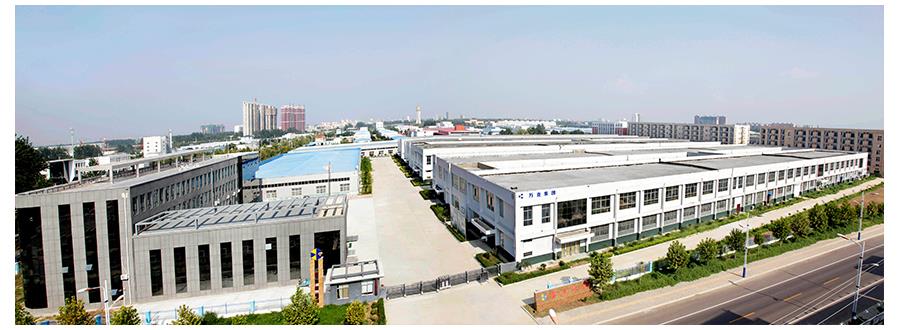Superhard tools mainly refer to polycrystalline diamond (PCD) and polycrystalline diamond composite (PDC) tools and polycrystalline cubic boron nitride (PCBN) tools. For diamond-type superhard tools, in use. The most common form of tool failure is that the PCD sheet or PDC sheet peels off from the substrate (hard alloy) or cracks on the joint surface. The reason is the thermal conductivity between the PCD/PDC, the solder and the cemented carbide, the coefficient of thermal expansion, and The performance parameters such as elastic modulus are quite different. After the brazing joint, there is severe residual thermal stress at the joint interface, which leads to a decrease in weld strength or a micro-crack at the joint interface, which causes the PCD/PDC layer to fall off or break during cutting. It is widely believed in the industry that residual thermal stresses caused by PCD/PDC tool brazing are the main cause of abnormal failure of such superhard tools. To this end, in-depth study of the influence of the process parameters of superhard tool welding structure on the residual thermal stress and its distribution law can provide a theoretical basis for further improving the welding quality of superhard tools.
The main defects and causes of PDC blades are introduced. Jia Hongsheng and other researches have found that there are huge residual thermal stresses in the PDC from 870 to 1400 MPa. Xu Gen et al. obtained PDC through the study of planar (two-dimensional) polycrystalline diamond composite sheets. Polycrystalline diamond (PCD) with different interface morphology in the composite sheet is closely related to the size and distribution of residual thermal stress. Luo De et al. used ANASYS software to establish a planar (two-dimensional) structural model, and obtained the sintering temperature and PCD layer and hardness. The thickness ratio of the alloy will affect the residual thermal stress. Tang Shengli et al. used ANSYS finite element simulation to study the influence of the thickness of the brazing joint and the form of the brazing joint on the residual thermal stress inside the polycrystalline diamond composite bit. At present, most of the researches focus on the study of high temperature and high pressure sintering of PCD sheets and cemented carbide substrates in PDC composite sheets, and only stay in the study of establishing a simple two-dimensional planar structure model, which has a large deviation from the actual effect. . Therefore, for the three-dimensional model of PCD/PDC tools, it is very important to study the distribution of internal residual thermal stress in the actual situation. It is also very important for improving the service life of PCD/PDC blades and optimizing the PCD/PDC blade welding process. Guiding significance.
Related News
- OTC 2019 --- DIAMONDWK PDC Cutter
- MIOGE 2019 --- DIAMONDWK PDC Cutter
- Wire China Expo 2018 ---- DIAMONDWK
- Influence Of PDC Drill Head On Cuttings Logging
- Influence Of PDC Bit On The Discrimination Of True And False Cuttings
- Development Of PDC Manufacturing Process Technology-2
- Development Of PDC Manufacturing Process Technology-1
- The Development Trend Of PDC Drill Bits
- Effect Of PDC Sheet Thickness On Residual Thermal Stress
- Simulation of Cutting Parameters of PDC Bit Based on UG/OPEN
- Analysis Of PDC SuperHard Cutting ToolS Tructural Param EterInfluence On Welding ResidualTherm AlStr
- Research On Effectiveavailability Ofsuperhigh Pressure In Synthesizing PCD And PDC
- PDC Bit Innovation
- What Are The Characteristics Of Cutting Diamond Wheels With Diamond Composite Cutting Tools?
- Application Of Diamond Cutting Tools
- How To Do The Cutting Edge Of A Diamond Tool



